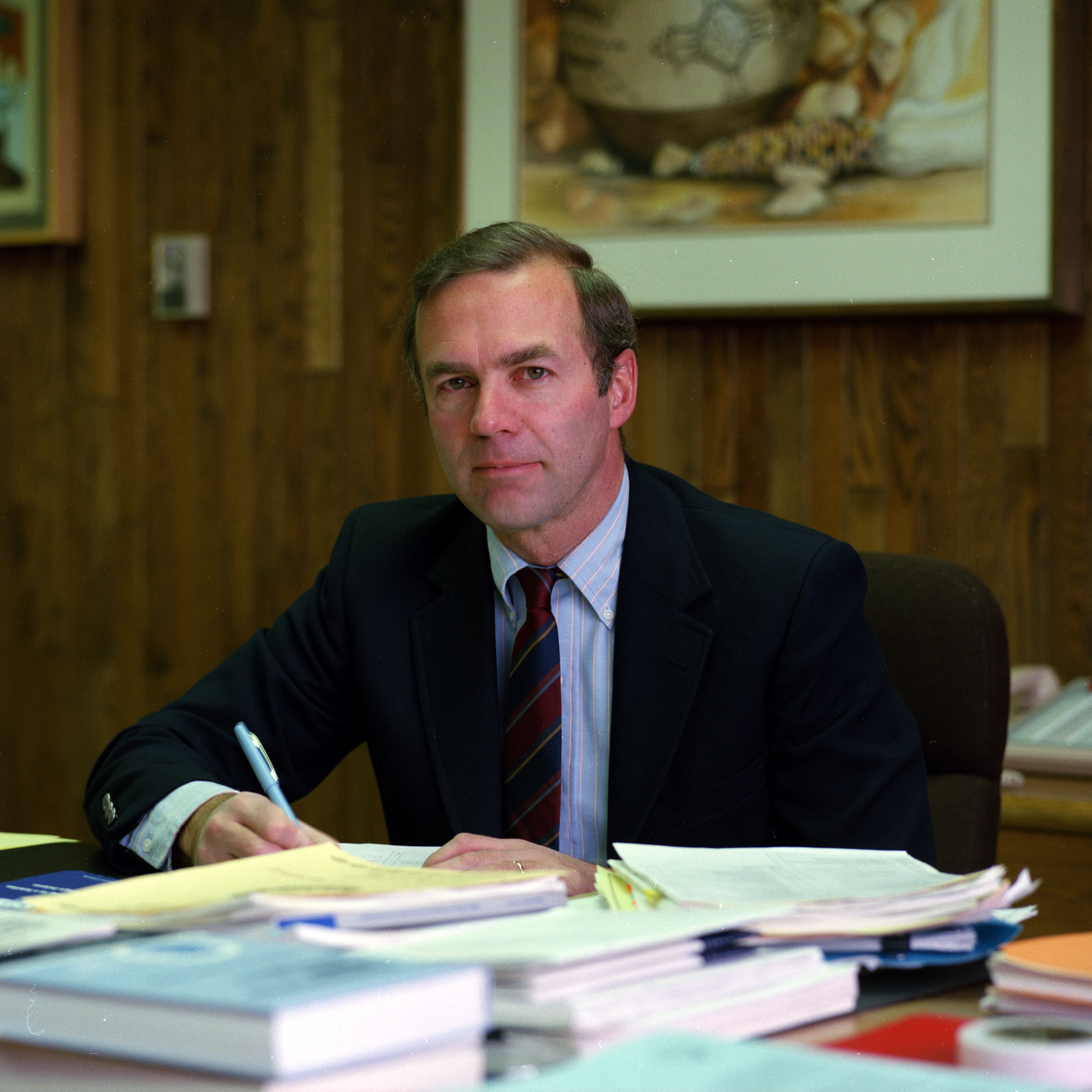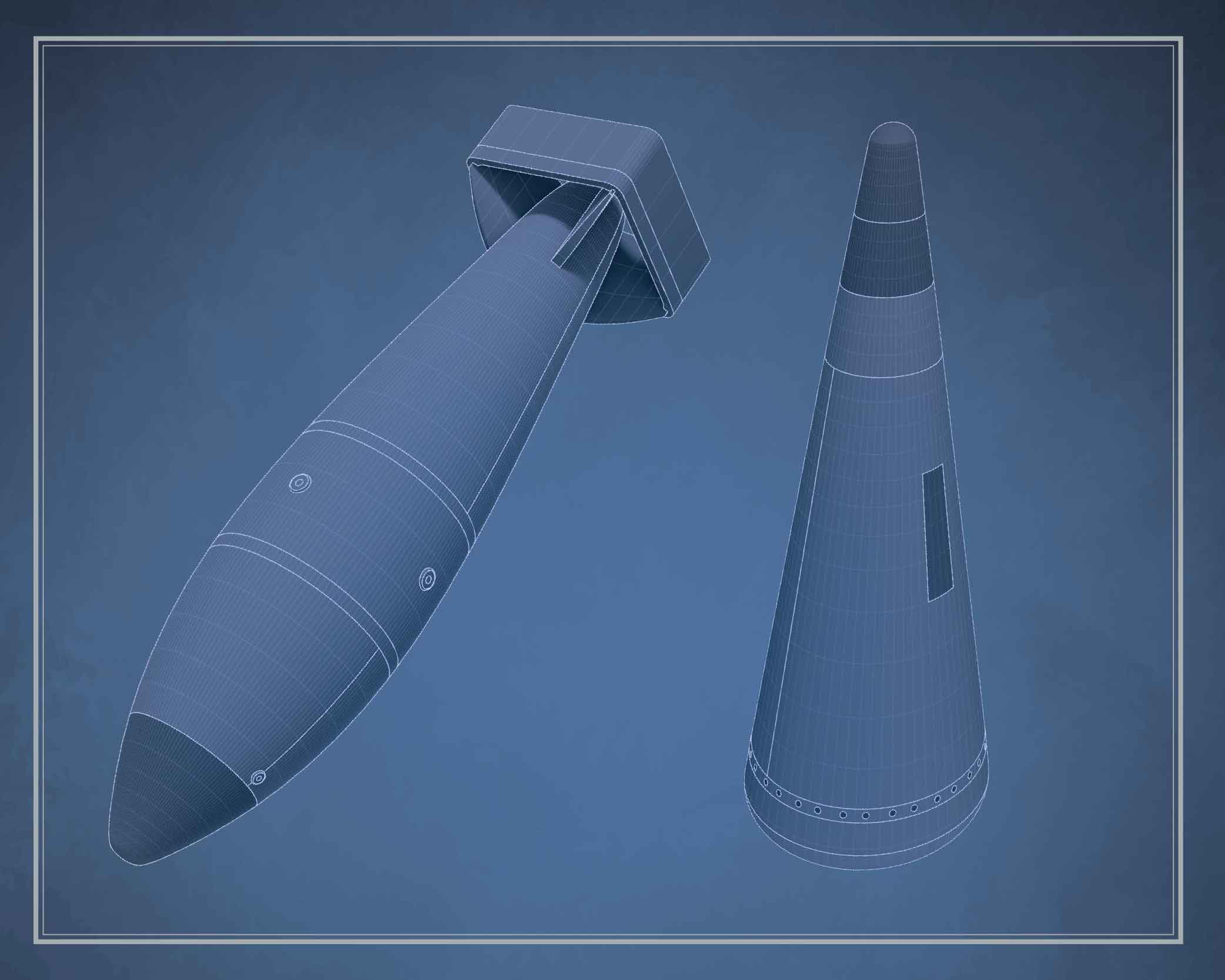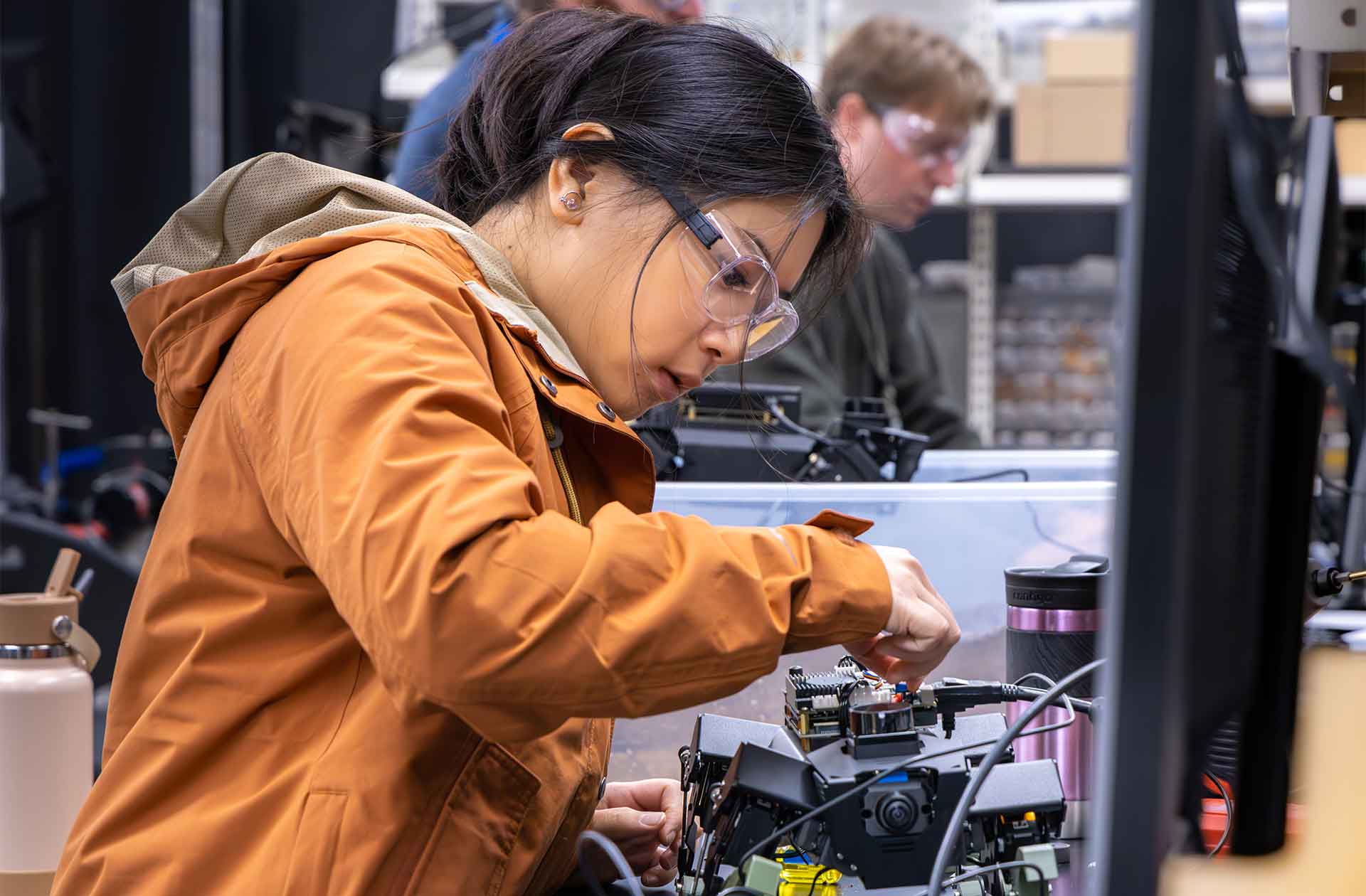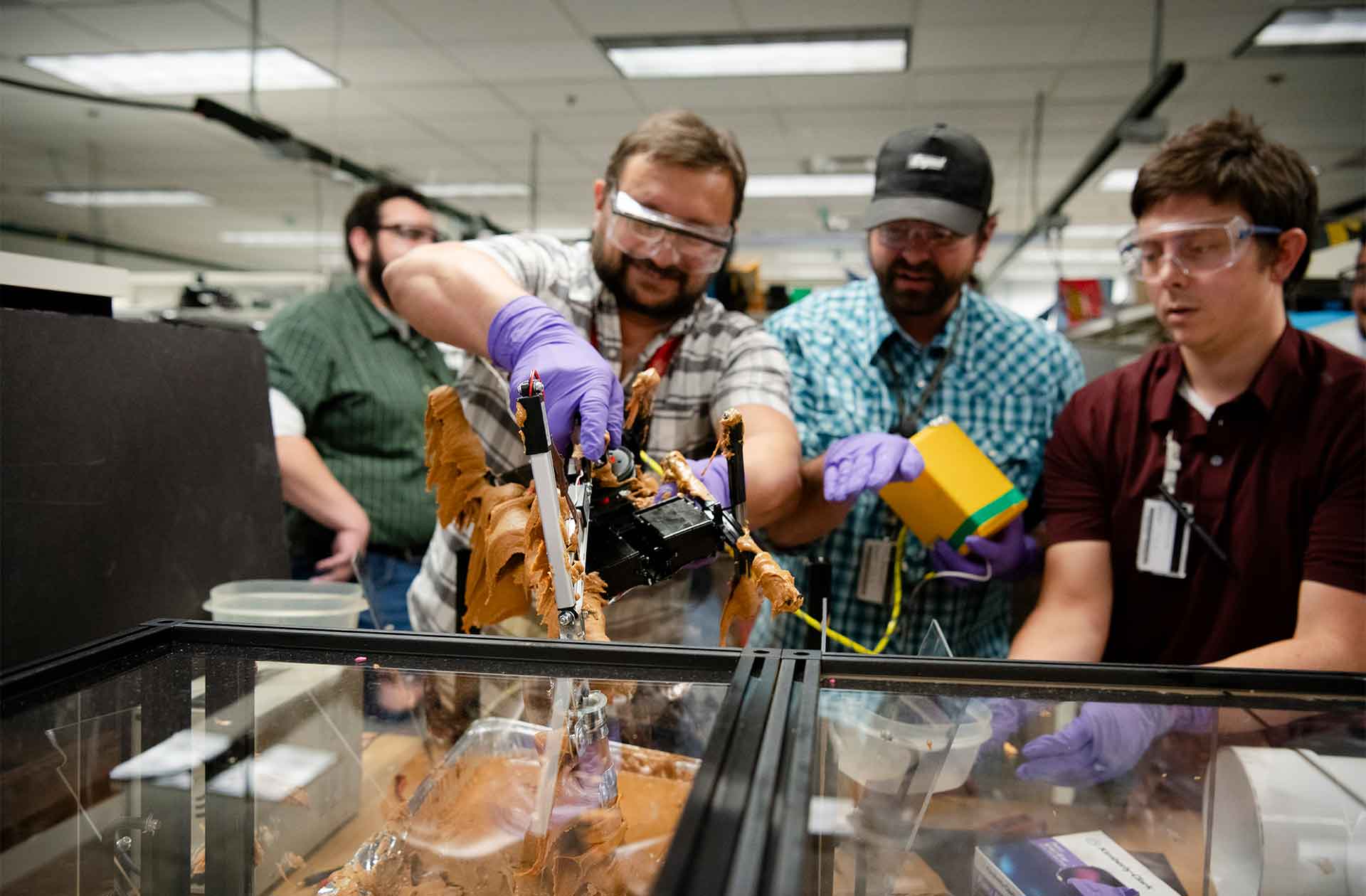Engineering partnerships
Evelyn Mullen helps build bridges between Los Alamos National Laboratory and the Texas A&M University System.
- Whitney Spivey, Editor
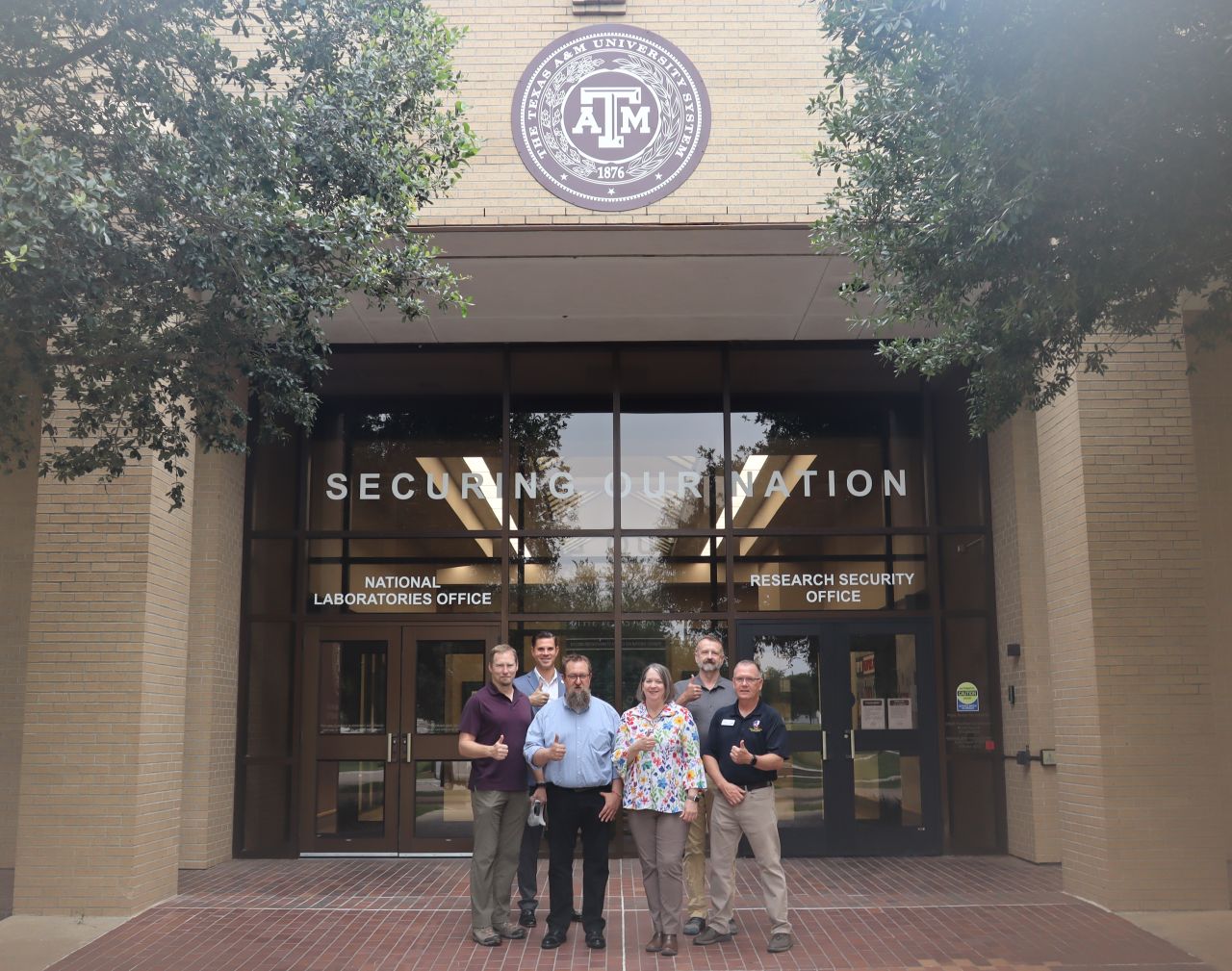
Evelyn Mullen had worked at Los Alamos National Laboratory in Los Alamos, New Mexico, for more than 30 years when she accepted a joint appointment with the Texas A&M University System. In July 2023, she sold her house, packed her bags, and relocated 800 miles southeast to College Station, Texas.
The move was a homecoming of sorts, as Mullen attended Texas A&M in the 1980s as an undergraduate and master’s student. “I never wanted to go anywhere else,” she says. “I grew up hearing stories about Texas A&M from my grandfather.”
Mullen, who recently accepted a position as the associate vice chancellor for TAMUS’ Nuclear Security Office, sat down with National Security Science to discuss how she became an engineer, her joint appointment experience, the future of engineering at Los Alamos, and more.

You have bachelor’s and master’s degrees in nuclear engineering from TAMU. Why did you decide to study engineering? And specifically nuclear engineering?
I always liked math and science in school, but I didn’t really have a specific focus for college until watching the news one evening I saw reports of the Three Mile Island nuclear accident. It really intrigued me, and at the time I remember thinking that this is an area where I could make a real difference. Quite the leap of faith, but it inspired me to go into nuclear engineering.
The nuclear engineering department at Texas A&M was small enough that all the professors knew me and went out of their way to help me. That personal connection in a large university was really meaningful. I also had the opportunity to become a licensed reactor operator at one of our research reactors and then a senior reactor operator and reactor supervisor during grad school. This helped me pay for grad school and was also a valuable learning experience.
In your more than 30 years at Los Alamos, you worked in many different areas, including in weapons, global security, and operations. How do all these areas benefit from employing engineers?
Well, I like to think that every area benefits from employing engineers! One of the great strengths of Los Alamos is the ability to tackle really complex problems with a multidisciplinary team approach. This dates to our origin in the Manhattan Project and remains essential to our weapons, global security, science, and other programs to bring innovative solutions to solve critical national security challenges. Engineers bring a systems focus and innovative solutions to solving challenges, and the Laboratory probably has people from every engineering background on its staff.
Until recently, you held a joint appointment between the A&M System and Los Alamos. What did that involve and what was most satisfying about this work?
The A&M System comprises 11 universities and 8 state agencies, which brings a lot of capabilities to the Los Alamos partnership, especially with the inclusion of state agencies, which is a unique construct for a university system. For my joint appointment, my role was to support the two institutions—Los Alamos and the A&M System—in our strategic partnership. I helped build connections and focus engagement on everything from student pipeline, workforce development, research, lab operational challenges, and more. Of course, being in a university town is fun. The students are amazing!
TAMUS and Los Alamos collaborate in many ways, but in terms of engineering, what are some of the partnerships you are most proud of or excited about?
I am really excited about the potential for research collaborations that align with the Laboratory’s signature institutional commitments. In the past year, we held joint workshops on advanced manufacturing, robotics, and sensors. These workshops supported connections between faculty and staff that in turn led to awarding 16 faculty research seed grants from TAMUS and 6 graduate fellowships (4 from TAMUS and 2 from the Laboratory’s Partnerships and Pipeline Office). This year we are focusing on biomanufacturing and biosecurity and hypersonics. I’m excited to see where these relationships will lead in establishing important capabilities for the future.
In your opinion, what distinguishes engineering at Los Alamos from engineering in private industry or even from engineering at other national laboratories?
Private industry is generally focused on commercialization of technology, whereas Los Alamos is focused on addressing national security challenges. Although Los Alamos does commercialize technology in some cases, this is not the main focus of the Lab. Los Alamos generally focuses on cutting-edge research and one-of-a-kind or few-of-a-kind technologies that may be required to operate in extreme environments (think about instruments on the Mars rover or a component in a nuclear weapon). As a federally funded research and development center, Los Alamos is also prohibited from competing with private industry, which keeps us focused on those grand challenges!

You are involved with the Triad Mission Committee, which is a group of 14 people who advise the board of directors of Triad National Security, LLC, the company that operates the Laboratory. What perspective do you bring to the committee?
I am not on the Triad Mission Committee because, until recently, I was still a Laboratory employee. However, I do sit in on the meetings as an observer. The Mission Committee is one of the committees that supports the Triad board in performing its governance role. The committee members review the weapons and global security mission areas and make recommendations to Lab leadership and the Board about strengths and challenges. The Lab leadership team is responsible for running the Lab, but it is important for Triad to have external advisors who can bring in different experience and perspectives. The members have a variety of backgrounds, including engineering and production. As you can imagine, pit production has been a high priority topic, but it is not the only topic. I think the value that I bring to the committee comes from almost 33 years at Los Alamos in both weapons and global security, so I can sometimes add additional perspective in the committee’s discussions.
As we look to the future of engineering for national security at Los Alamos, what are some areas of opportunity and why?
Artificial intelligence (AI) and advanced manufacturing will bring new material and manufacturing methods into play much more quickly than we are used to seeing. The challenge will be how to evaluate, test, and deploy these technologies into the stockpile with the level of assurance and confidence that will be required. Think about the rapid changes we have seen just in the past few years with our peer and near-peer adversaries. How do we respond in an agile way? We need an innovation mindset to develop new approaches. Otherwise, we may not have solutions ready when the nation needs it. ★
